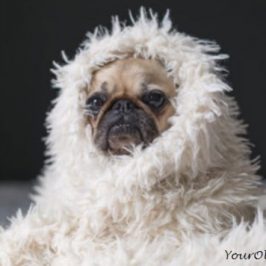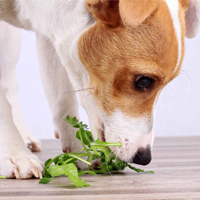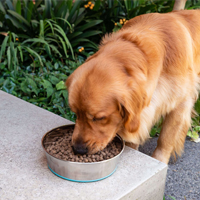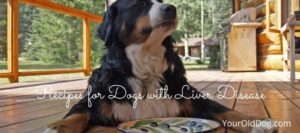
How To Keep Your Dog Warm in Winter
With the chill of winter upon us, it’s time to start thinking about how to keep our four-legged friends warm.
For most of us, keeping ourselves warm is a matter of putting on an extra layer of clothing or cuddling up by the fireplace with a blanket and a good book.
But keeping our pets warm in wintertime is another matter altogether.
Shelter
I hope that you don’t make your dog live out doors! Include your dog as part of the family, which is what any dog really wants.
They, no more than you, want to be left alone with no companionship.
But, lets say your dog enjoys spending some time outside when it’s cold, the first consideration is that of adequate shelter.
Here’s some important details for constructing a dog house yourself:
- The house should be built and raised off the ground, so that it’s not too hot and not too cold
- Put the door opening off to the side vs in the center
- Place a piece of burlap or other heavy, breathable material over the door entrance roughly three quarters in length of the opening
- Don’t forget to insulate the entire little house — this is vital to protect your dog from both summer and winter elements
- NEVER PAINT the inside of a dog house
Again, PLEASE, DON’T LEAVE YOUR DOG OUTSIDE DURING THE EVENING HOURS AND OVER NIGHT WHEN THE TEMPERATURE IS THE COLDEST! Just as you wouldn’t leave your dog in a hot car for hours, you wouldn’t want to leave him or her in the unnerving cold either.
If your dog is inside, make sure that he or she has a warm and cozy sleeping area with a bed, placed away from any drafts.
Maintenance
As with our own bodies, dogs’ bodies can go through a number of trials in winter. We know from our own experiences that our skin can crack and dry out, for instance, and our canine pals are no different.
Make sure to keep hair around paw pads neat, as less hair in those areas with keep them free of ice and snow. The elements can “ball up” between footpads and create discomfort when pets are walking, so it’s important to keep the pads and in between area in tip top shape.
Also check your dog’s paw pads for any cuts and/or cracks. Clean paws after walks to get rid of any salt or any other snow removal chemicals, as these can cause some problems and even infections. Watch out for cinders as well. Many townships and municipalities will use cinder rock in place of salt. Very hard on the feet!
Ensure that you check the ears, tail and feet for any signs of frostbite. Keep an eye out for red or gray areas on the skin and wrap your dog’s feet in something warm. If your pooch is lifting his or her legs off the ground during a walk, the effects of frostbite may be felt due to the icy winter roadway.
Food and Water
It’s also vital to feed your dog appropriately. Make sure food is of the proper type. Dogs that are outdoors or more active will require more food during frostier months, while dogs that are mainly kept inside will have less nutritional requirements in general.
Make sure that your pooch also has ample H2O. If he or she makes his or her home outside, think about a heated water bowl. This will keep water from freezing over, ensuring that your four-legged friend always has something to drink that’s fresh and clean.
Other Considerations
There are other things to keep in mind as well. We’ve highlighted a few ways to keep your dog warm in the winter:
- Keep dogs on a leash during walks, especially in snow-white conditions, as they can lose their ability to smell in icy surroundings
- Make sure you keep track of any antifreeze spills, as dogs are attracted to the sweet smells and tastes and can lap it up before you know it; even a small amount of the stuff is deadly
- Keep your dog’s breed in mind, as some breeds like Huskies and Great Pyrenees can bear more cold than others and have more protective padding and fur
- Don’t leave your dog alone in the car during winter months; just like the summer can turn a hot car into a rotisserie, a car in the winter holds in cold and becomes an icebox
- Consider dog clothing; it’s not just a puerile preference for costuming your dog on holidays, as it can actually serve a purpose for older, sick or small dogs in terms of keeping them warm
When in doubt, think of safety first and make sure your dog is cozy and warm this winter.
No matter his or her age and condition, it’s important to make sure that dogs are treated with care and affection – especially when that mercury drops to irrational levels.










